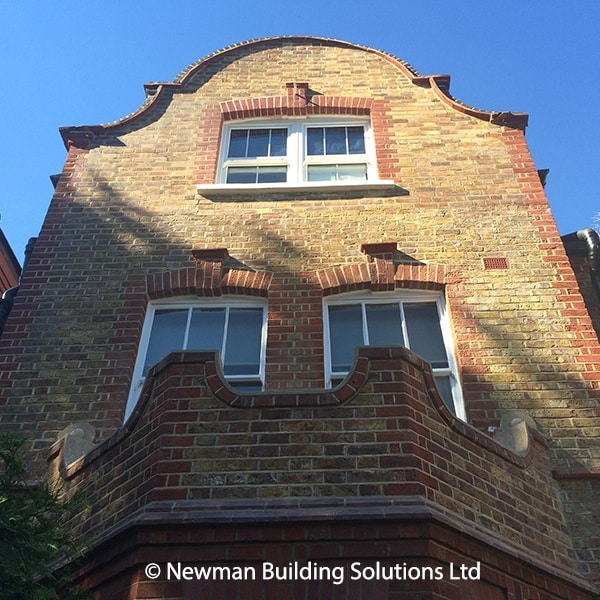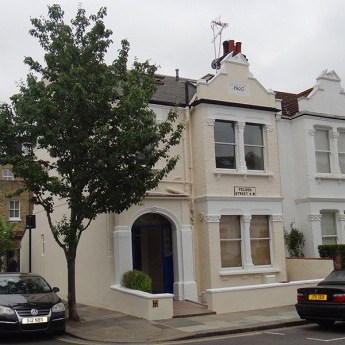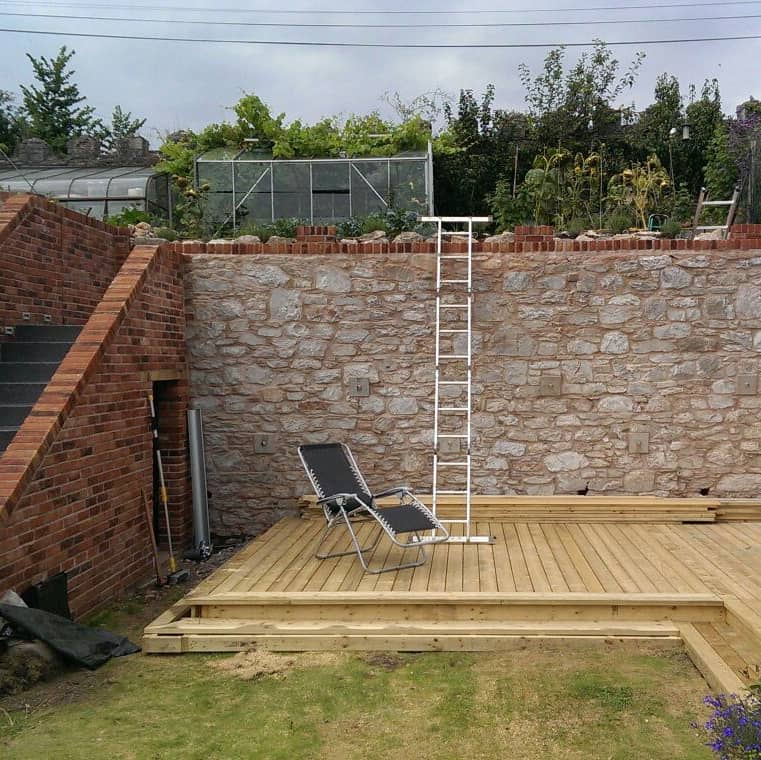Thermal Movement, Expansion Joints, Required!
Thermal movement is a fairly new cause of concern within the construction industry as the use of new modern materials are utilised within construction, the speed of which buildings are erected and the requirement for stronger materials that we can work faster with have been required in the industry as technology has advanced.
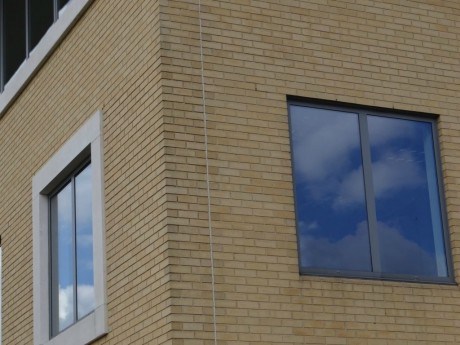
Thermal movement doesn’t pose serious threat to the structural integrity in the first instance but over time the damage caused can become very serious. Bricks and mortar are extremely strong and able to resist high compressive forces but offers very poor performance when subject to tensile forces.
Thermal movement is basically caused by the expansion and contraction of the fabric of the building due to hot and cold weather. When it’s hot the masonry expands causing compressive forces which the masonry can cope with due to its high compression strength but once it’s cold the material shrinks with tensile forces causing cracking. This cycle is repeated and small cracks eventually turn into large cracks.
Period properties rarely suffer from Thermal movement as many were constructed using soft lime mortars which allow movement slight movement usually accompanying thermal movement.
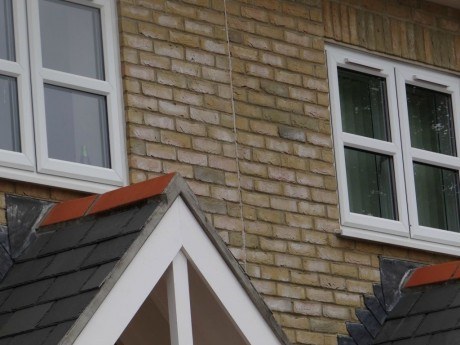
Modern structures are sometimes built without any expansion joints so the thermal movement cannot be accompanied within the masonry so cracking occurs.
Remedial measures are required in order to prevent further cracking and this should only be carried out by a specialist. Expansion joints are usually a 20mm wide cut which creates a separation in the masonry allowing each panel to accommodate the movement without cracking occurring.
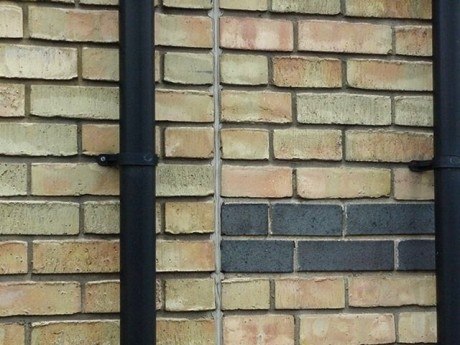
Newman’s use the unique Twistfix system which incorporates specialist slip ties and the patented CD drivefix tie combined with a backing cord and flexible mastic creating an expansion joint.
We can guarantee all works for up to ten years and have carried out many projects requiring expansion joints to prevent further cracking.
